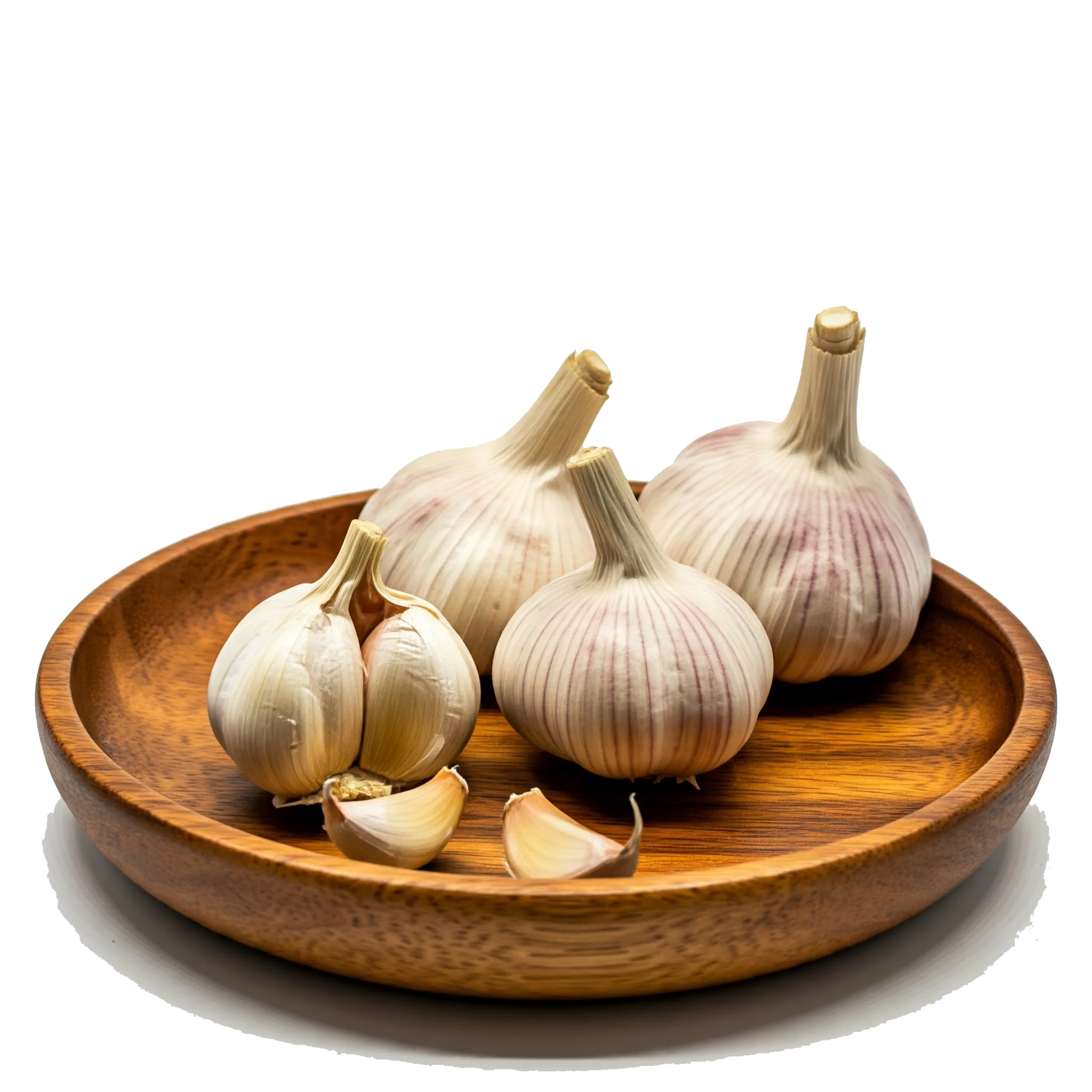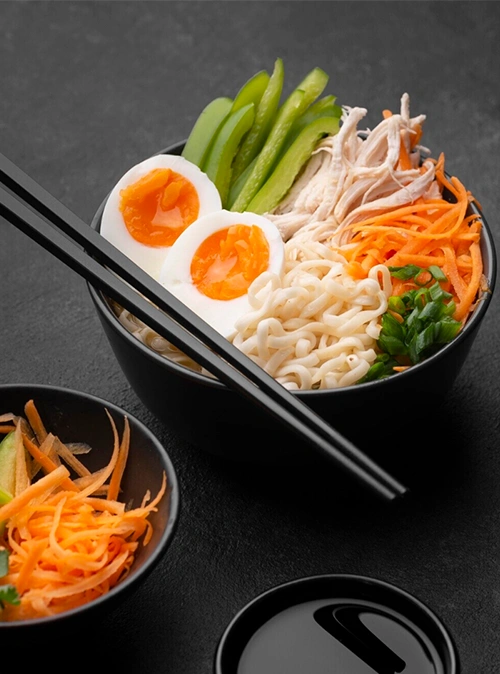

Top Health Benefits of Ramen You Need to Know
This homemade chicken ramen bowl is a wholesome, nutrient-rich meal that brings together a balance of macronutrients and a variety of essential vitamins and minerals. Packed with lean protein from shredded chicken and boiled eggs, it supports muscle maintenance and satiety, making it an ideal choice for active individuals or those aiming for weight management. The inclusion of fresh vegetables such as carrots, green onions, and bell peppers adds dietary fiber, antioxidants, and vitamins A, C, and K, which promote immune health, vision, and cellular function. The soft-boiled eggs contribute healthy fats and choline, vital for brain function. Meanwhile, the broth—especially if made from scratch—provides hydration, collagen, and minerals like potassium and magnesium. Combined with the moderate amount of noodles, this dish delivers steady energy through complex carbohydrates, making it both satisfying and energizing.
 Broth : 8 Cup
Broth : 8 Cup Soy Sauce : 1 Tablespoon
Soy Sauce : 1 Tablespoon Garlic : 4 clove
Garlic : 4 clove Ginger : 2 Teaspoon
Ginger : 2 Teaspoon Sesame Oil : 2 Tablespoon
Sesame Oil : 2 Tablespoon Ramen or regular /
Rice Noodles : 250 g
Ramen or regular /
Rice Noodles : 250 g Chicken Egg : 4 Piece
Chicken Egg : 4 Piece Chicken Breast : 2 Piece
Chicken Breast : 2 Piece Carrot : 2 Piece
Carrot : 2 Piece Green onions : 4 Piece
Green onions : 4 Piece Bell Pepper : 1 Piece
Bell Pepper : 1 Piece Cucamber : 1 Piece
Cucamber : 1 Piece Salt : as needed
Salt : as needed black pepper : to taste
black pepper : to tasteRecipe :
For 4 people
Perfect for a balanced and satisfying meal any day of the week!
When preparing this dish, attention to detail in both ingredient quality and cooking technique can significantly elevate the flavor and nutritional value. Begin by using a high-quality low-sodium broth to control salt intake and ensure a rich, umami base. Shred cooked chicken finely for easier digestion and better texture. Soft-boiling the eggs to achieve a runny yolk enhances creaminess and flavor—boil for exactly 6–7 minutes and cool in ice water. Slice vegetables thinly and add them fresh or lightly steamed to retain their crunch and nutritional content. Cook noodles just until al dente to avoid sogginess, and assemble the bowl right before serving to preserve temperature and texture balance. Be cautious with condiments such as soy sauce or sesame oil; while they add flavor, they can increase sodium and fat content quickly. Customizing toppings for individual preferences and dietary needs can turn this simple ramen into a gourmet, health-conscious delight.

This ramen bowl is a versatile dish that fits well into several balanced diets but requires modifications for others. It aligns with Mediterranean and DASH diets when using whole-food ingredients and limiting sodium, thanks to its reliance on lean protein and fresh vegetables. It also supports high-protein and low-calorie goals, particularly if the amount of noodles is moderated and healthy fats are used sparingly. However, it is not suitable for strict ketogenic or Paleo diets due to the presence of noodles, which are high in carbohydrates and often made from grains. It is also unsuitable for vegan diets because of the chicken and eggs, but it can be adapted to a vegetarian version by replacing meat with tofu or tempeh. Those following a gluten-free regimen must choose rice noodles or certified gluten-free ramen alternatives, as traditional noodles typically contain wheat. With thoughtful substitutions, this dish can be tailored to support a wide range of nutritional needs.
...